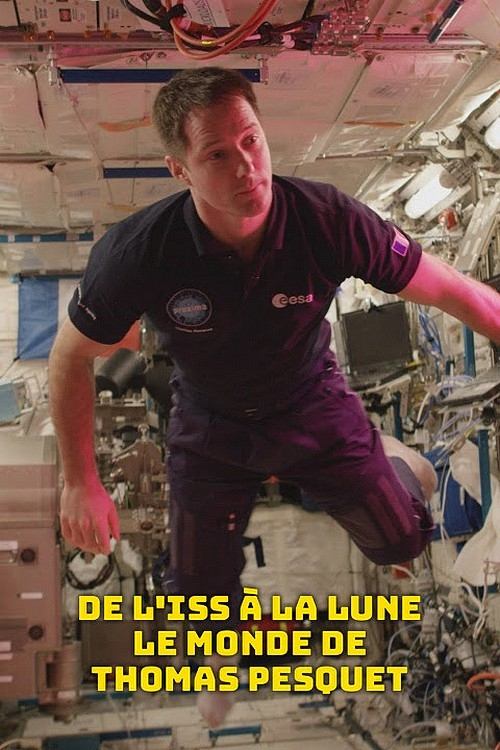

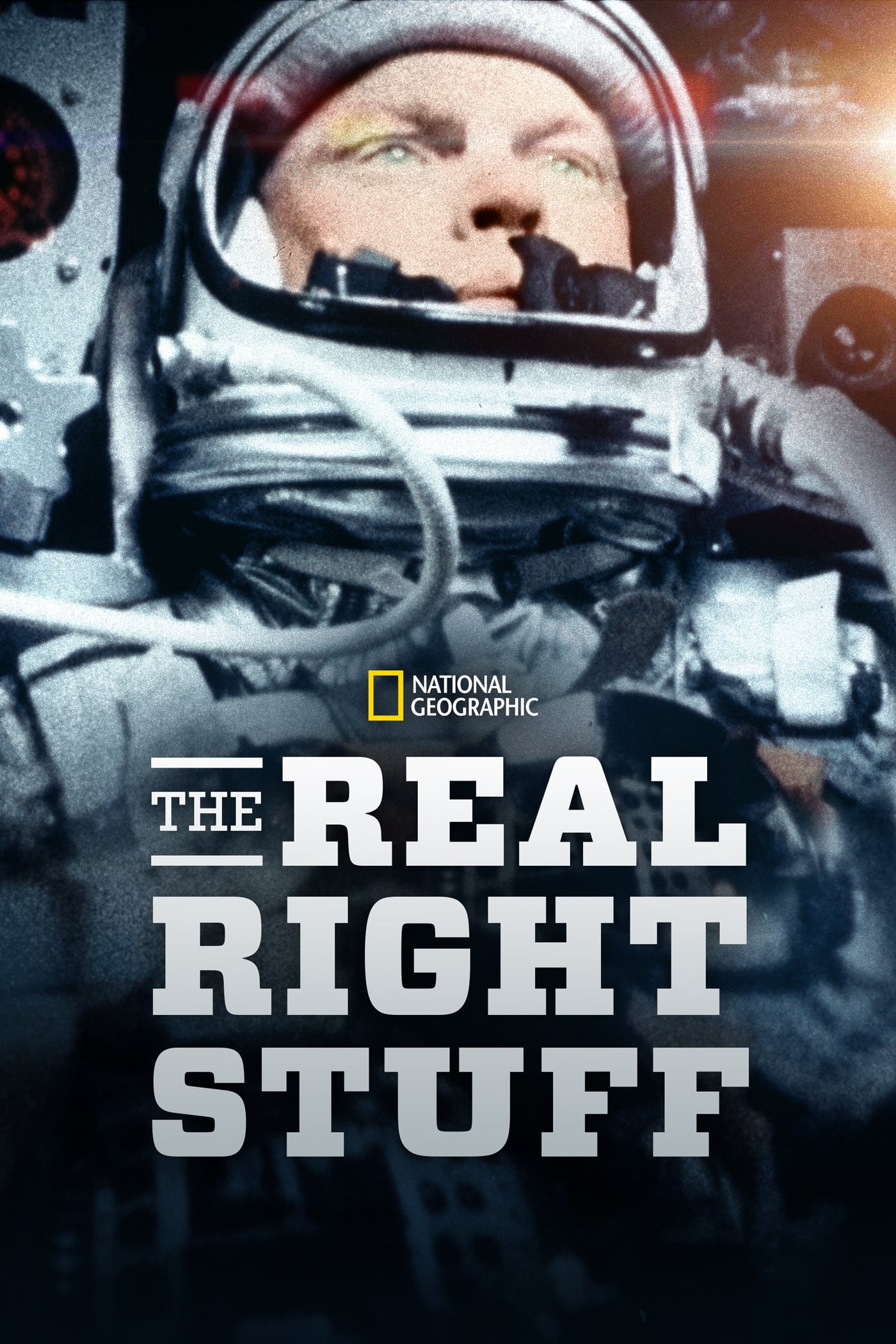
The story of America's first astronauts, known as the Mercury 7, told through archival news & radio reports, newly transferred & previously unheard NASA mission audio recordings, and more rare & unseen material.
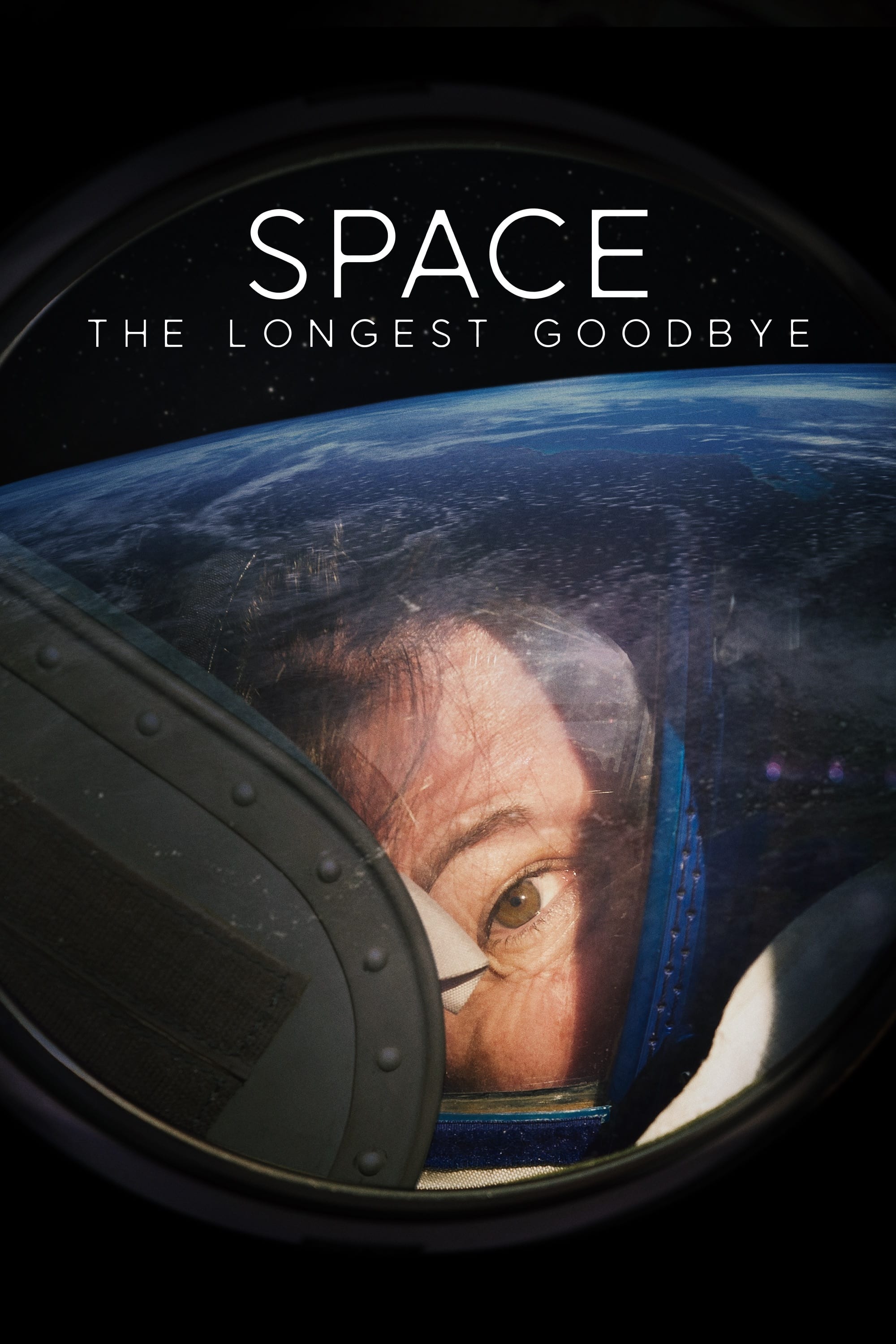
Social isolation affects millions of people, even Mars-bound astronauts. A savvy NASA psychologist is tasked with protecting these daring explorers.
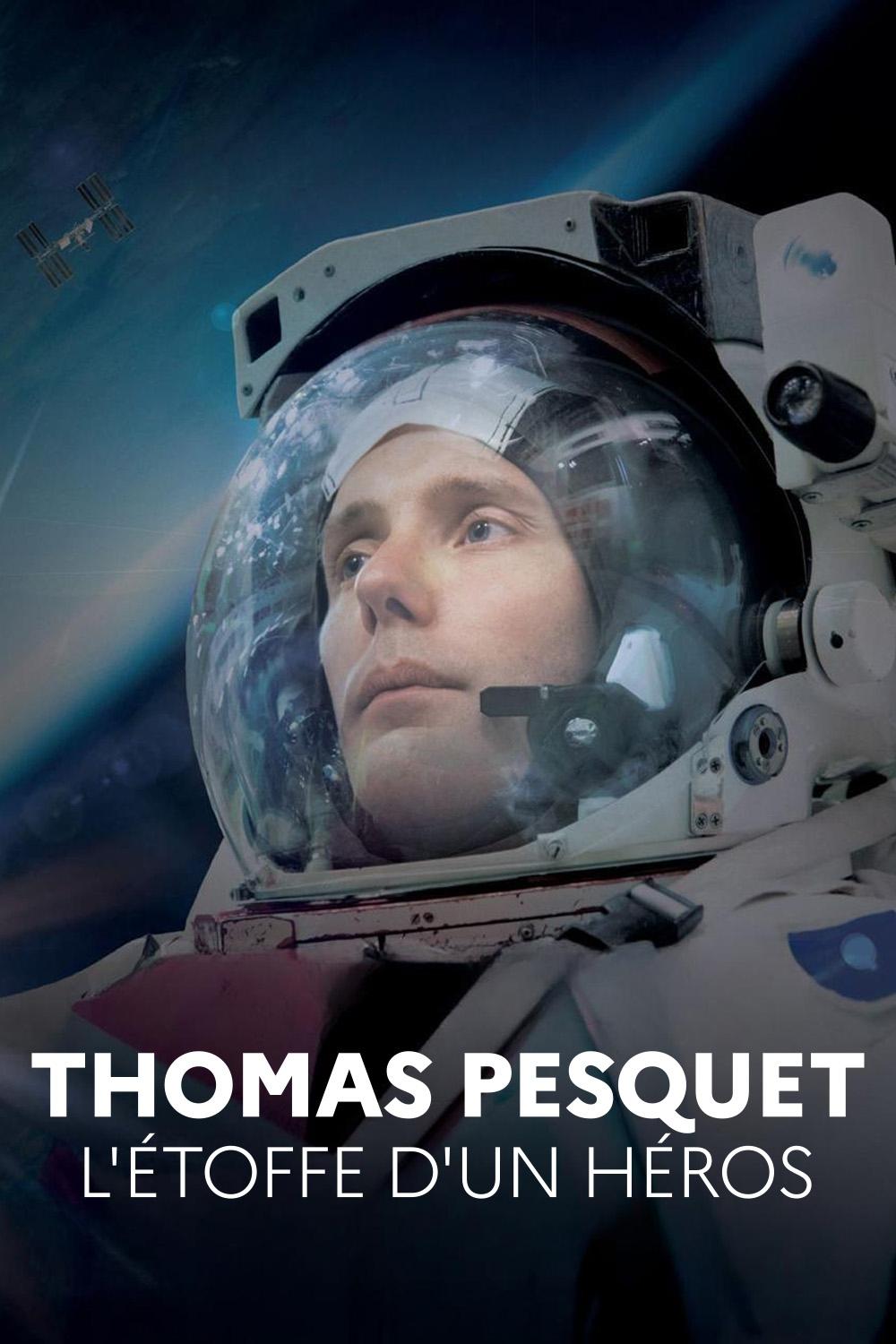
At 38, Thomas Pesquet is the youngest French astronaut to be selected for a 180 days mission in the ISS. Oleg Novitskiy, the Russian pilot and the American Peggy Whitson, the most experienced astronaut in the world, train alongside him.

July 1969. America made history and sent the first humans to the moon. High-quality NASA footage and extensive news broadcasts bring this sensational moment in history bursting back into life. Live news footage from every corner of the globe recreates the excitement and elation that surrounded the event, as 600 million people tuned in to watch Neil Armstrong's remarkable first steps.

For 192 days, Thomas Pesquet filmed his journey in space. He he lived in the ISS (International Space Station) with 5 other astronauts. From this extraterrestrial journey, the 39-year-old French astronaut brings back extraordinary images. Earth, seen from space The images of the earth scroll then, fascinating, despite this observation of the astronaut on pollution and deforestation. He had read the damage before, he now sees it from the ISS. He feels the fragility of the Earth. His weightless images on a soundtrack of quality provoke a surge of beauty, of strangeness, in this slowness propitious to poetry. And the reading of the texts of the two winners of "Le Petit Prince" writing contest, visiting an eighth planet, takes on a whole new dimension in this beautiful production by Julien Adam and Matthieu Besnard produced by Capa Presse TV.
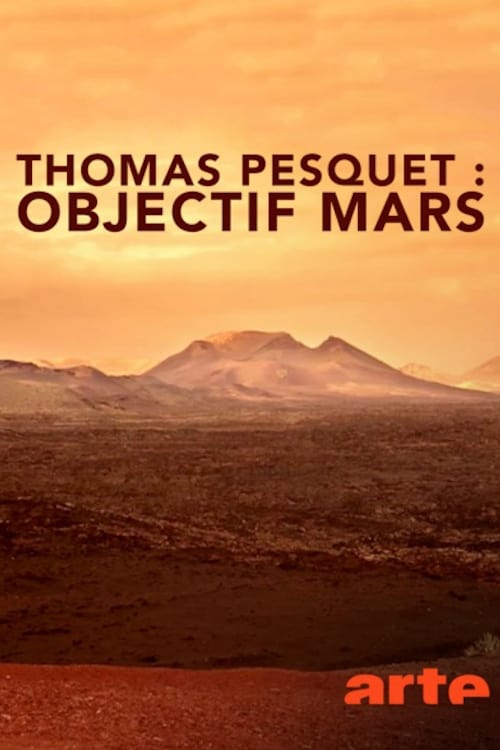
French astronaut Thomas Pesquet recently returned from his expedition to the ISS space station - a veritable laboratory of the future where researchers from all over the world work together. During scientific experiments in space, he investigated how long-term missions, such as to Mars, could become possible.

By browsing this website, you accept our cookies policy.